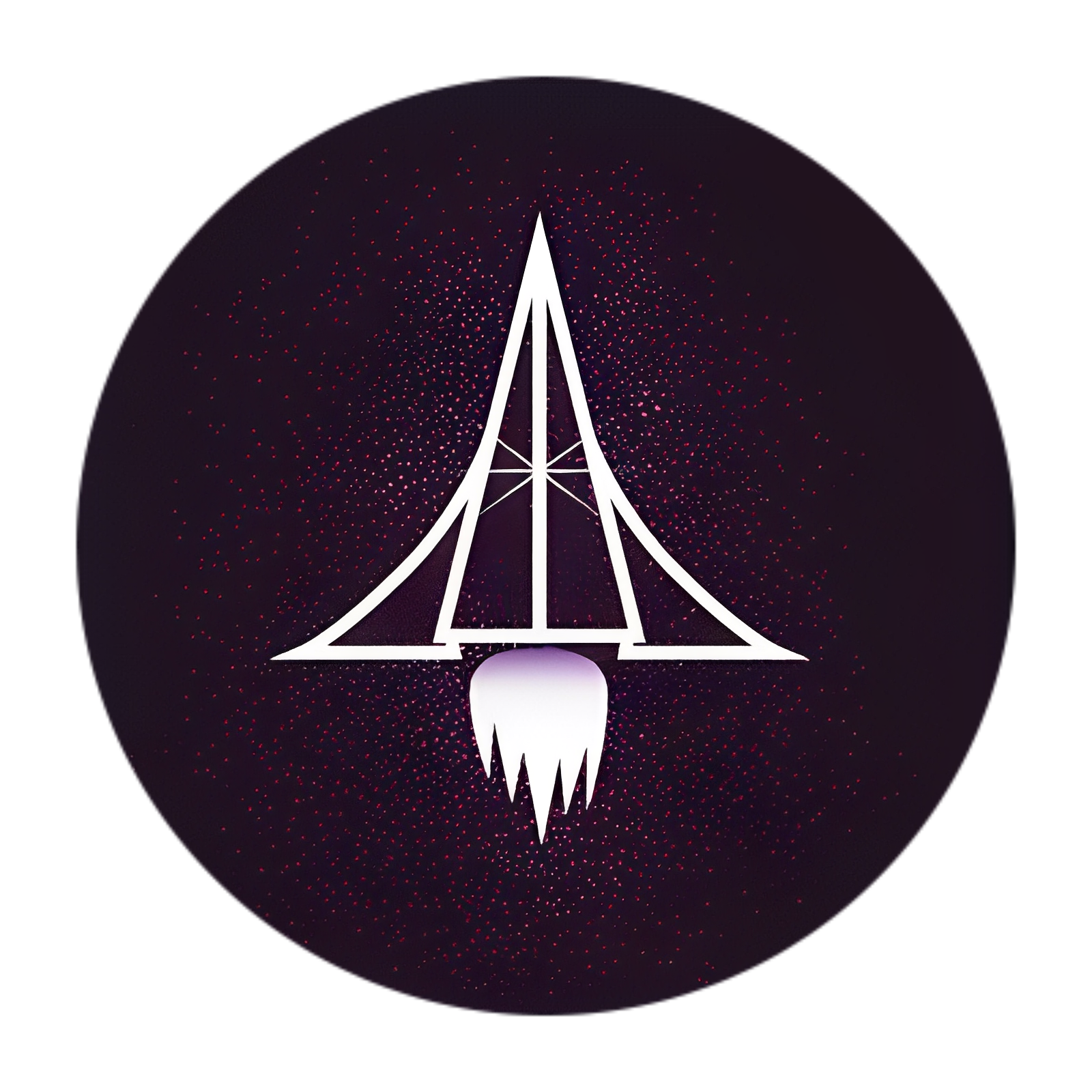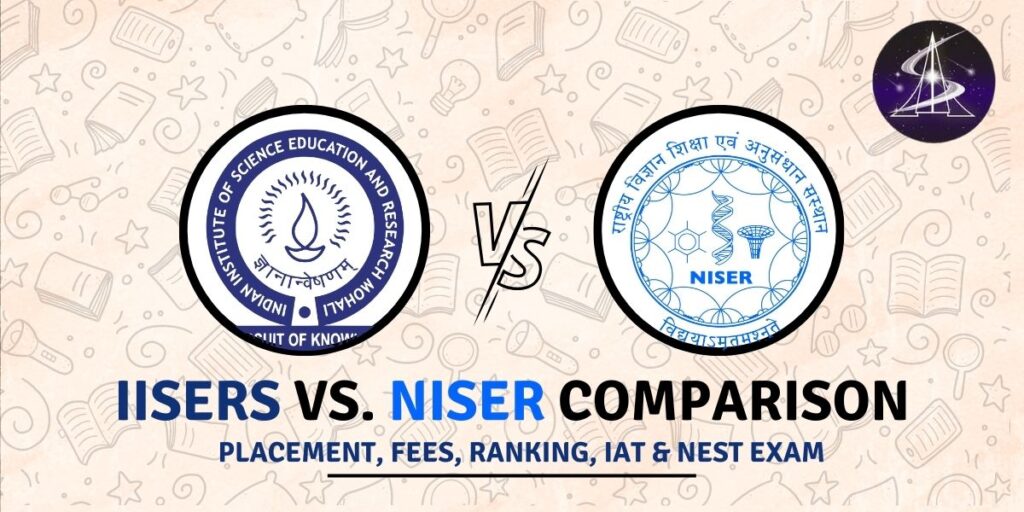Are you interested in pursuing a career in science or research? If so, you may have heard of some of the world’s top research institutes, including Yale University, Michigan University, the University of Texas, Harvard, MIT, Stanford, Oxford, and the University of Singapore. These institutions are known for their groundbreaking research, innovative discoveries, and exceptional educational programs. This blog post will compare NISER and IISER in various parameter conditions. Both institutions are fully equipped to offer a robust education and research experience, but what sets them apart? Join us as we dive deeper into the strengths and weaknesses of each institution and discover which one may be the right fit for you.
Disclaimer:
We aim to provide a neutral point of view about NISER and IISER and will not make any negative or false claims about either institution. We intend to provide accurate information based on our personal experience living in a research institute in India. We will use correct data and avoid defaming any institutions. We encourage readers to be cautious of fake profiles and incorrect information online.
We will compare the areas by the following point :
- Academic structure,
- Scholarship,
- Placement,
- Research funding
- MSc thesis project
- NIRF ranking,
- Seats, and
- Entrance examination
1. Academic Structure:
The academic structure of both IISER and NISER is based on a 5-year BS-MS program. At IISER, students study all subjects in the first year and choose their pre-major in the second year, while at NISER, students study PCMB, communications, sociology, economics, and humanities in the first year and directly get their major in the second year. IISER students do their coursework in the third and fourth years, while NISER students have two years of MSc courses in the fourth and fifth years. Both institutions allow students to do a minor degree in some other subjects, giving them full independence in choosing their subject..
2. Scholarship:
The second one is the scholarship.
NISER, being under the Department of Atomic Energy, Government of India, receives more funding than IISERs. Therefore, students at NISER and CEBS receive the Disha scholarship, which provides Rs. 5000 per month and Rs. 20,000 for a summer internship contingency, totaling Rs. 80,000 per year, in addition to lower fees of less than Rs. 20,000 per year. On the other hand, fees at IISERs typically range from Rs. 80,000 to 90,000, with lower fees of just Rs. 40,000 to 50,000 for ST & SC students. Scholarships at IISERs have been abolished, and students do not receive them simply because they are enrolled in IISERs. However, some students may be eligible for the Inspire scholarship, which has different eligibility criteria. Please refer to our videos on NISER and CEBS to learn more about the fees.
3. Placements:
We will discuss this in three parts.
- The first aspect to consider is the placement opportunities in Academia. Graduates from IISER, NISER, and CEBS have a plethora of Ph.D. offers from renowned universities and research institutes across the globe, such as Yale, Harvard, MIT, Oxford, and the University of Singapore, among others. These institutes have an excellent reputation for producing top-class researchers, and their professors have a well-established network. Students are trained rigorously, and they gain valuable experience through internships, leading to many research publications. This experience and reputation make it relatively easy for graduates to secure Ph.D. offers, usually including a stipend and coverage of tuition fees and other expenses. The stipend amount varies depending on the country, but it usually ranges from two to three thousand dollars or euros per month.
- The second aspect is industry placements. One commendable feature of IISER is its efficient functioning of its placement cell. Several companies, including TCS and pharmaceutical companies, have recruited mathematics and physics students in Pune, Kolkata, and Bhopal, predominantly for data science roles with competitive packages. While there is a lack of detailed information about the salary and placements, industrial placements are still available. Recently, NISER has established a placement cell, and pharmaceutical companies and TCS have started recruiting students from NISER. Although the number of industrial placements is relatively low compared to Ph.D. offers, it is gradually increasing.
- The third point concerns BARC, and it is a unique opportunity available to students of NISER and CEBS. These institutes come under the Department of Atomic Energy. As a result, students who have cleared the NEST examination can directly apply for scientific officer roles at BARC without having to take the written examination. However, the interview process is rigorous, and applicants must go through a gate examination or a direct interview. Students from NISER and CEBS can join BARC in various scientific officer roles directly after completing their MSc.
4. Research funding:
The fourth factor to consider is funding, which plays a significant role in the development and growth of research institutes. NISER has an advantage in this aspect as it has received substantial funding from the government of India, as per the speeches made by the directors during the foundation day lectures. The institute has reportedly spent around 2,000 crores to build its infrastructure, and official documents suggest that almost 700 crores were spent. NISER has been allotted approximately 2000 crores or more funding from 2012 to 2018, while IISER has been allotted nearly 500 crores each in recent years. While no official data supports this claim, talks with the directors and conversations with friends suggest that NISER and CEBS generally receive more funding than IISER. Adequate funding is vital for research institutes as it enables them to conduct cutting-edge research, develop infrastructure, and attract talented researchers and faculty.
5. MSc thesis project:
At IISER, the master’s project is one year long, and students have the opportunity to do it anywhere in the world, which allows them to build connections with professors worldwide and potentially secure a Ph.D. position. On the other hand, at NISER, the master’s project is two years long, but students cannot do it outside the institute, making it harder to build connections with professors outside the institute and secure a Ph.D. abroad.
IISER offers more flexibility in terms of allowing students to pursue projects in different fields, which can be a great opportunity to broaden their skill set and gain interdisciplinary knowledge. It also helps them develop new research interests and explore different career paths. However, it’s worth noting that NISER and CEBS may have their reasons for not allowing such flexibility, perhaps to maintain a more focused and specialized curriculum. It ultimately depends on what kind of experience and education a student is looking for.
6. NIRF ranking:
Certainly, when considering the ranking factor, the nature index may be a better criterion for judging a research institute than the NIRF ranking, (from our perspective). The nature index provides information about the research output of various institutes worldwide, including the ranking of Indian institutes globally and in different areas. The nature index’s global ranking can be examined in terms of academics and all subjects. It is not necessary to consider the government, corporate, and other sectors.
- The first college in India is IISC Bangalore.
- The next one we get is HBNI. HBNI is NISER and CEBS. These come under Homi Bhabha National Institute is at number three,
- and then we have IIT Bombay
- IISER Bhopal
- then IIT Madras
- IIT Guwahati
- JNCASR
- IIT Kanpur
- IISER Pune
- IISER Kolkata
- IIT Kharagpur
Here is the link for official data : Nature index ranking
You can find out about various subjects on the official website.
7. Seats:
IISER has many more seats. Total of almost 1748 plus 90 that is 1838 seats. So, almost 1800 seats are at IISERs, while at NITs, 200 at NISER, and almost 57 at CEBS. So, in total, you just have 257 seats. As a result, it is generally much harder to get into NISER and CEBS than IISERs.
8. Entrance examination:
The final factor, the entrance exams for admission into these institutes are noteworthy. The NEST exam for NISER and CEBS is designed at an advanced or KVPY level, which demands a high level of critical thinking and depth of subject knowledge from the test takers. Consequently, the competition for admission into these institutes is rigorous due to the challenging question paper and a limited number of seats.
On the other hand, IISER previously had three channels for admission: JEE Advanced, KVPY, and aptitude test, with more than 75% of seats allocated through the aptitude test. However, KVPY has now been abolished, and for the 2023 academic year, students will be admitted through JEE Advanced and the aptitude test. The number of seats available at IISER is substantially higher than NISER and CEBS, with approximately 1838 seats across all IISER campuses.
The KVPY aptitude test, the primary basis for admission to IISER, is comparatively easier than JEE Advanced, with a difficulty level similar to or occasionally higher than JEE Mains. The exam pattern for KVPY differs from that of NEST, as there are no section-wise cut-off marks, and students can attempt any or all sections according to their preference. In contrast, students must attempt all three sections for NEST, with the best three sections considered for admission.
If further information is required regarding the exam patterns or preparation strategies for these entrance exams, detailed instructional videos are available on youtube as well as on blog. Do check them out. We have created comprehensive crash courses, which have yielded numerous selections in prestigious research institutions, with over 400 of their students being admitted to these institutes throughout India.
Conclusion:
Understanding their strengths and weaknesses is essential if you aspire to study at prestigious research institutes like IISER, NISER, or CEBS. As discussed, both institutions have unique features and offer excellent academic opportunities.
If you plan to appear for next year’s IAT or NEST 2024 or 2025, you should check out our crash courses at SCIASTRA.com. We have a range of study materials, mock tests, doubt-clearing sessions, and more. Whether you take our courses or not, you can contact us for career counseling or doubts regarding these research institutes in India.
If this blog was helpful to you, please check out other blogs for more informative content. We wish you all the best in your academic journey and hope to see you at your dream institute soon.
Good luck!






Thanks for some other excellent post. Where else could anyone get that type of
info in such an ideal way of writing? I have a presentation suhbsequent week,
and I’m on the loolk for such info.
Here is my homepage https://telegra.ph/Mobile-online-casinos-10-23